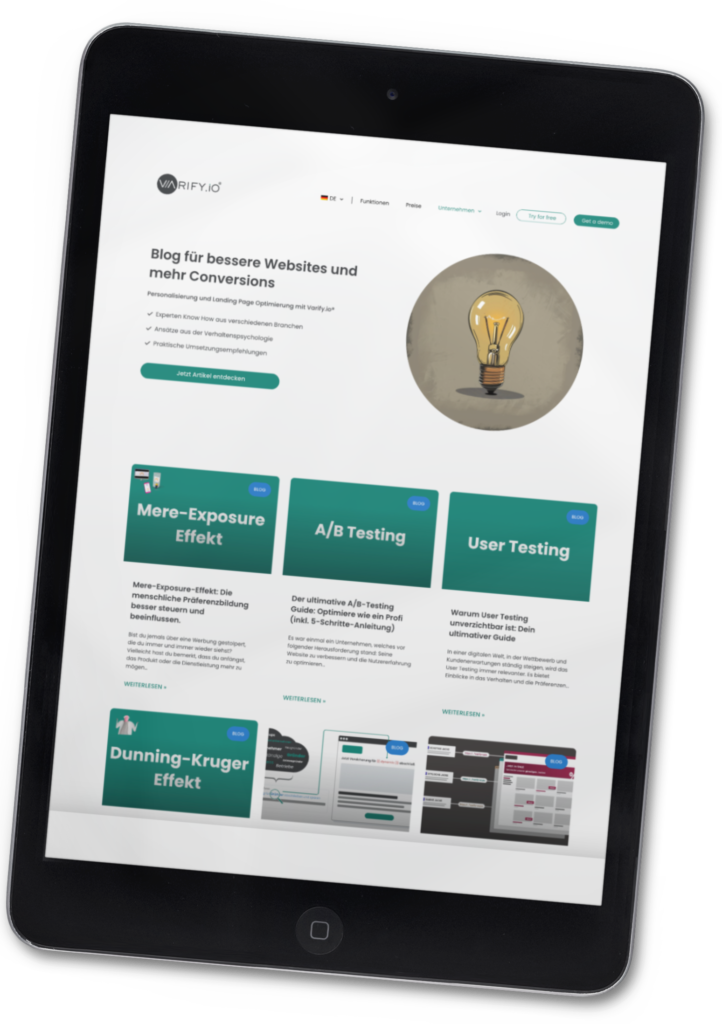In the digital age, where websites, e-shops and social media dominate, conversion rate is at the heart of online marketing. Every time you browse the web, you're encouraged to "convert" in various ways - whether it's buying a product, signing up for a newsletter, or sharing an article.
But what exactly does it all mean? Join us as we dive into the world of conversion rates and discover why they are at the heart of every successful digital marketing plan.
What is a conversion?
A "conversion" occurs when a user takes a specific action that a company or website wants them to take. This can be a sale, a registration, or any other interaction that has been defined as a goal.
Difference between micro and macro conversions: While macro conversions represent large, measurable goals such as purchasing a product, micro conversions refer to smaller actions that serve a larger goal, such as clicking on a product link or adding an item to the shopping cart.
What does conversion rate mean?
Conversion rate (CRV) refers to the ratio of visitors to a website to those who make a set conversion. Imagine 10 out of 1,000 visitors to a website buy a product. Here, the conversion rate is 1%. It's an indicator of how effective your website or marketing campaign is at getting visitors to take specific actions.
Why is conversion rate optimization (CRO) important?
The online marketing sector has evolved greatly in recent years. In the past, the aim was to generate as many website visitors as possible. Today, the focus is on turning the traffic generated into real customers and business success. Therefore, CRO is essential.
It's about maximizing the efficiency of your website in converting visitors to customers. This is becoming increasingly important as competition grows and it becomes more challenging to increase conversion.
Factors that influence the conversion rate
The effectiveness of a website or digital platform depends on numerous factors that influence the conversion rate. Some of these factors are:
Design and user-friendliness (usability): An intuitive and engaging design can encourage users to stay longer and perform the desired action.
Content Relevance: Users are looking for valuable information. Providing relevant and high-quality content is therefore crucial.
Call-to-action (CTA): A clear, eye-catching CTA can make the difference between a user converting or leaving the page.
Loading times: Long load times can be frustrating and cause visitors to leave a website before it has even loaded properly.
Mobile optimization: In the age of the smartphone, it is imperative that websites function properly on mobile devices.
Trust factors: Testimonials, customer reviews or third-party seals can increase trust in a website and its offerings.
Conversion rate optimization
Optimization is not just a task, but an ongoing commitment. One tool that no CRO toolkit should be without is the A/B testing. It allows us to test two variants of a page against each other and thus find out the more effective one.
But it's not just about testing. The User Interface (UI) and User Experience (UX) play an immense role. A clean, intuitive design, combined with a seamless user experience, can tip the scales. But in doing so, we must never lose sight of the Content out of sight. It should be constantly revised and brought to the point.
Best Practices and Examples:
1. Amazon: Personalized product recommendations
Amazon is a master at understanding its customers. The e-commerce giant uses complex algorithms to provide personalized product recommendations. Once you've shopped on Amazon, you'll have noticed that products that match your interests are suggested the next time you visit. These personalized recommendations result in customers staying longer on the site, browsing more products, and ultimately buying more.
2. Netflix: Personalized content display
Netflix, the streaming giant, not only offers a wide range of contents, but also incredible personalization. Depending on what you've already watched, Netflix suggests new movies and series that might suit your tastes. This not only leads users to consume more content, but also to keep their subscriptions, since they always find relevant content.
3. dropbox: Simple login process
Dropbox, the cloud storage service, made a name for itself early on with its straightforward sign-up process. New users were clearly and easily shown how to upload and share files. An intuitive user interface and clear calls to action (CTAs) led to a high conversion rate from website visitors to active users.
4. airbnb: confidence-building measures
Airbnb faces the challenge of building trust between hosts and guests. They meet this challenge through a robust rating system, clear host policies, and transparent communication. These measures increase user trust in the platform and drive bookings.
Conclusion
In today's digital world, it's not enough just to be present. It's about being efficient and effective. Conversion rate and its continuous optimization are keys to success. In this increasingly complex landscape, companies must constantly stay up to date and be ready to adapt.
